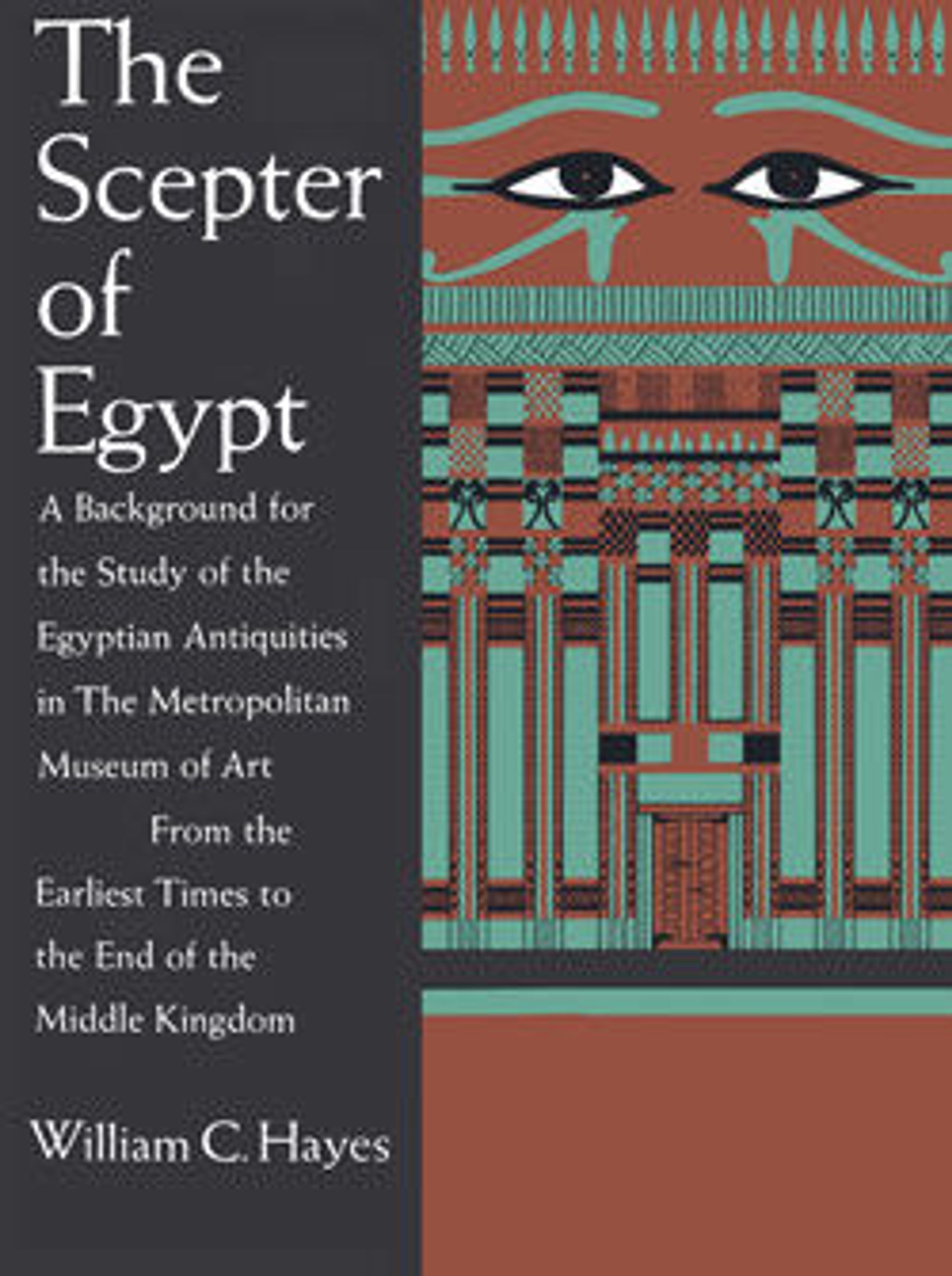Canopic jar of Perneb
Vessels in which the liver, lungs, stomach, and intestines were deposited during mummification are referred to as "canopic jars." Early Egyptologists mistakenly likened Middle Kingdom and later organ containers that were covered by lids shaped as human heads to images of the Greek hero Canopus, who was worshipped as a human-headed vessel. Old Kingdom organ containers, however, had simple convex lids and were seldom inscribed.
This jar was found with three others (see 14.7.16–.17,.19) in the burial chamber of Perneb, south of his sarcophagus. However, the jars were never used; their interiors are absolutely clean. Presumably, the simple presence of the jars was sufficient to magically protect the organs, even if the viscera themselves remained inside the body.
This jar was found with three others (see 14.7.16–.17,.19) in the burial chamber of Perneb, south of his sarcophagus. However, the jars were never used; their interiors are absolutely clean. Presumably, the simple presence of the jars was sufficient to magically protect the organs, even if the viscera themselves remained inside the body.
Artwork Details
- Title: Canopic jar of Perneb
- Period: Old Kingdom
- Dynasty: Dynasty 5
- Reign: reign of Isesi–Unis
- Date: ca. 2381–2323 B.C.
- Geography: From Egypt, Memphite Region, Saqqara, Tomb of Perneb, MMA excavations, 1913–14
- Medium: Limestone
- Dimensions: H: 24.5 cm (9 5/8 in.); diam: 13.3 cm (5 1/4 in.)
- Credit Line: Gift of Edward S. Harkness, 1914
- Object Number: 14.7.18a, b
- Curatorial Department: Egyptian Art
More Artwork
Research Resources
The Met provides unparalleled resources for research and welcomes an international community of students and scholars. The Met's Open Access API is where creators and researchers can connect to the The Met collection. Open Access data and public domain images are available for unrestricted commercial and noncommercial use without permission or fee.
To request images under copyright and other restrictions, please use this Image Request form.
Feedback
We continue to research and examine historical and cultural context for objects in The Met collection. If you have comments or questions about this object record, please contact us using the form below. The Museum looks forward to receiving your comments.
